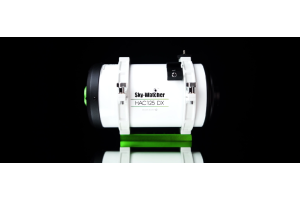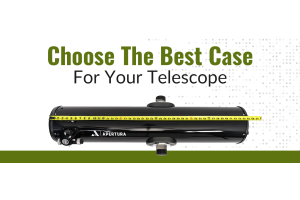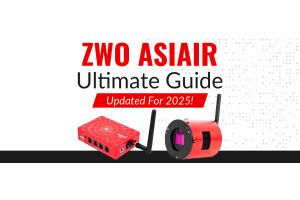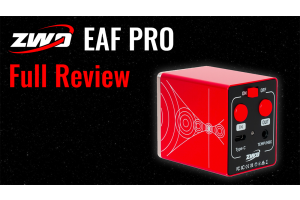cameras
Choosing the Best Planetary Camera for Your Astro Adventures
In the vast realm of astrophotography, capturing the beauty of distant planets requires specialized equipment. Choosing the right planetary camera is crucial for enthusiasts and professionals alike, as it can significantly impact the quality of your celestial snapshots. Let's explore the key factors when selecting the best planetary camera for your cosmic endeavors.
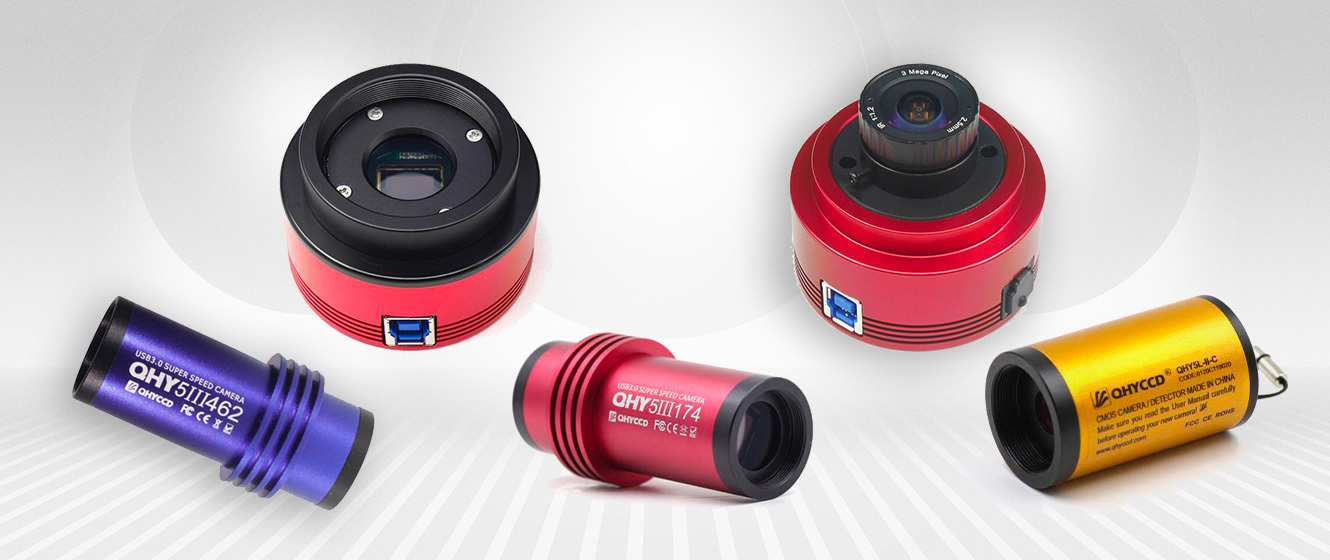
We picked cameras that consistently take amazing pictures of planets and the moon! These cameras have different pixel sizes and work well with various telescopes and Barlow lenses.
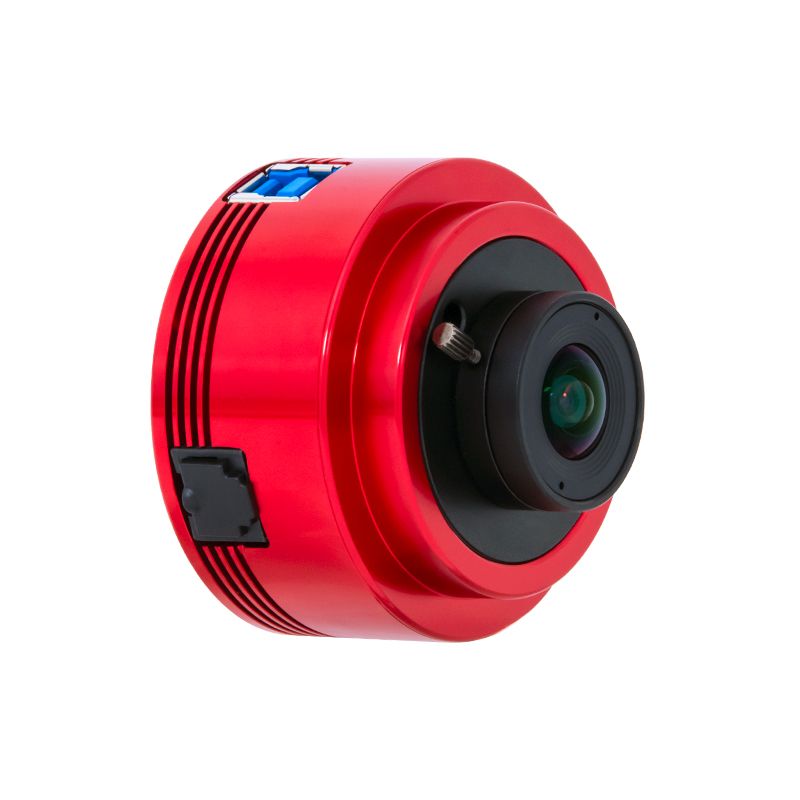
The ZWO ASI290 has a great Sony IMX290/IMX291 camera that captures detailed images of planets at over 170 frames per second! This camera is excellent for planetary viewing because it has an 80% peak quantum efficiency and better accuracy in auto-guiding compared to larger pixel cameras.
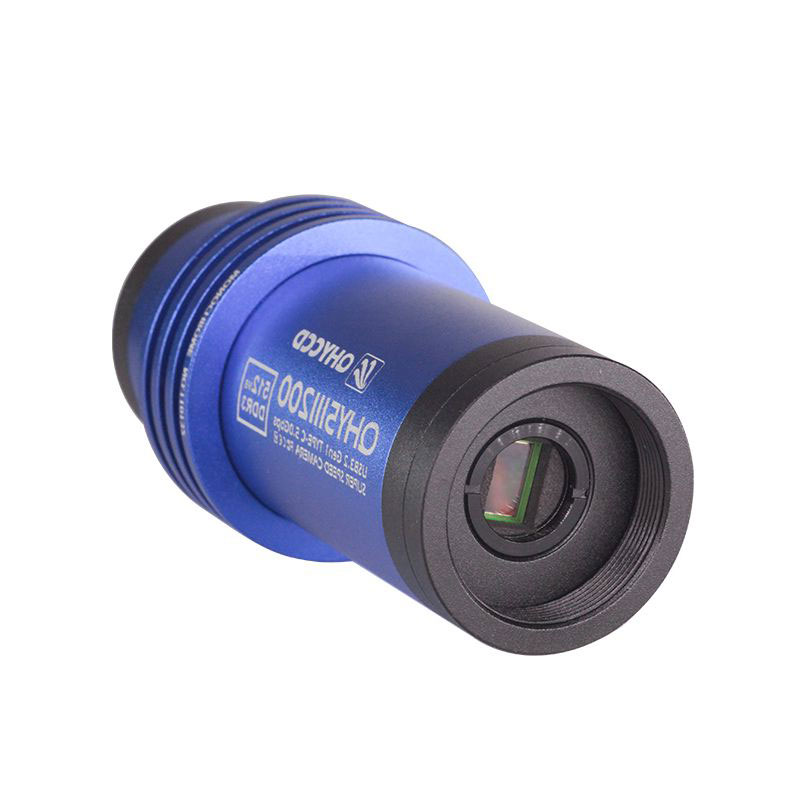
The QHY5III camera combines great resolution with sensitivity in the planetary imaging category! It's a good choice for capturing planets, guiding with longer focal length guide scopes, or using an off-axis guider.
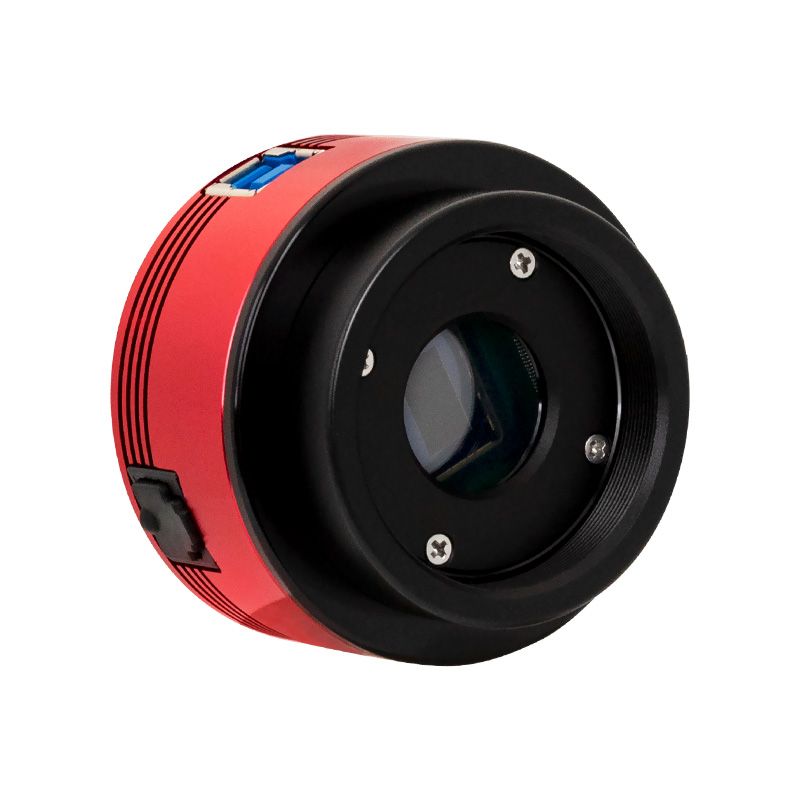
The ZWO ASI482MC camera is excellent for scopes with longer focal lengths or when using high-magnification Barlow lenses! It has a peak quantum efficiency of 77%, can capture up to 164 frames per second, and works well for off-axis guiding!
The heart of any camera lies in its sensor, and planetary photography is no exception. When delving into the world beyond our atmosphere, opt for a camera with a small pixel size. This enables higher resolution and detail in your planetary images. Additionally, a camera with a back-illuminated sensor can enhance sensitivity, allowing you to capture those elusive planetary features even in challenging lighting conditions.
Frame Rate FrenzyPlanetary imaging is about capturing fleeting moments of celestial clarity; a high frame rate is your ticket to success. The ability to record many frames per second is vital for stacking and processing, resulting in a final image that showcases the best moments of planetary detail. Look for cameras that offer at least 30 frames per second (fps) or more to ensure you get all those crisp planetary snapshots.
Autonomy in Adverse ConditionsThe cosmos can be unpredictable, and your camera should be prepared to face the challenges that come with it. Opt for a planetary camera with a robust cooling system to minimize thermal noise during extended imaging sessions. Thermal stability is crucial for maintaining image quality, especially when capturing planets that may be low on the horizon or in less-than-ideal atmospheric conditions.
Planetary Preprocessing PowerWhile some planetary cameras provide raw images that require extensive post-processing, others come equipped with onboard image preprocessing capabilities. These cameras often feature built-in color processing and debayering algorithms, saving you time and effort in the editing room. Consider a planetary camera that offers a good balance of convenience and customization to suit your imaging preferences.
Connectivity ConsiderationsThe best planetary camera for you will depend on your telescope setup and personal preferences. USB 3.0 is the standard for high-speed data transfer, ensuring minimal lag between capturing and viewing frames. Some cameras also have dedicated software that facilitates seamless integration with popular astrophotography programs, providing a user-friendly experience for beginners and seasoned astronomers.
Budgeting for the StarsAs with any equipment, your budget is crucial in the selection process. Fortunately, planetary cameras are available for various price points, catering to beginners and seasoned astrophotographers. Consider your long-term commitment to planetary imaging and invest accordingly. Remember, a well-chosen planetary camera can serve you for years, capturing the ever-evolving beauty of our neighboring planets.
Capturing the Cosmos in Crisp DetailIn planetary imaging, choosing the right camera is crucial. It can distinguish between a blurry, unclear picture and a stunning, detailed space snapshot. When picking your planetary camera, focus on how sensitive the sensor is, the frame rate, how stable it stays in different temperatures, and how it connects to other devices. Consider your needs and budget carefully to ensure your choice fits your astronomical goals.






